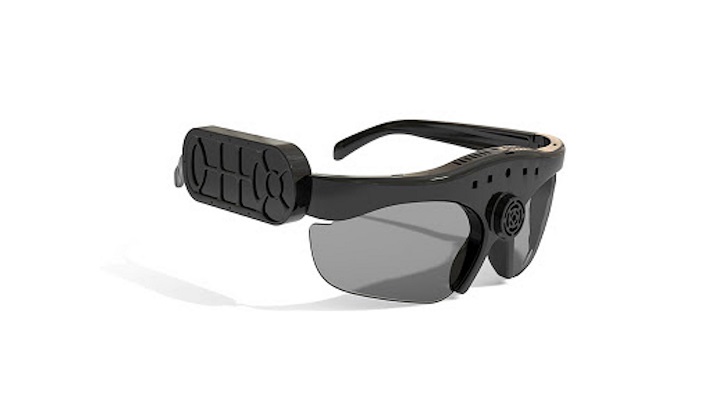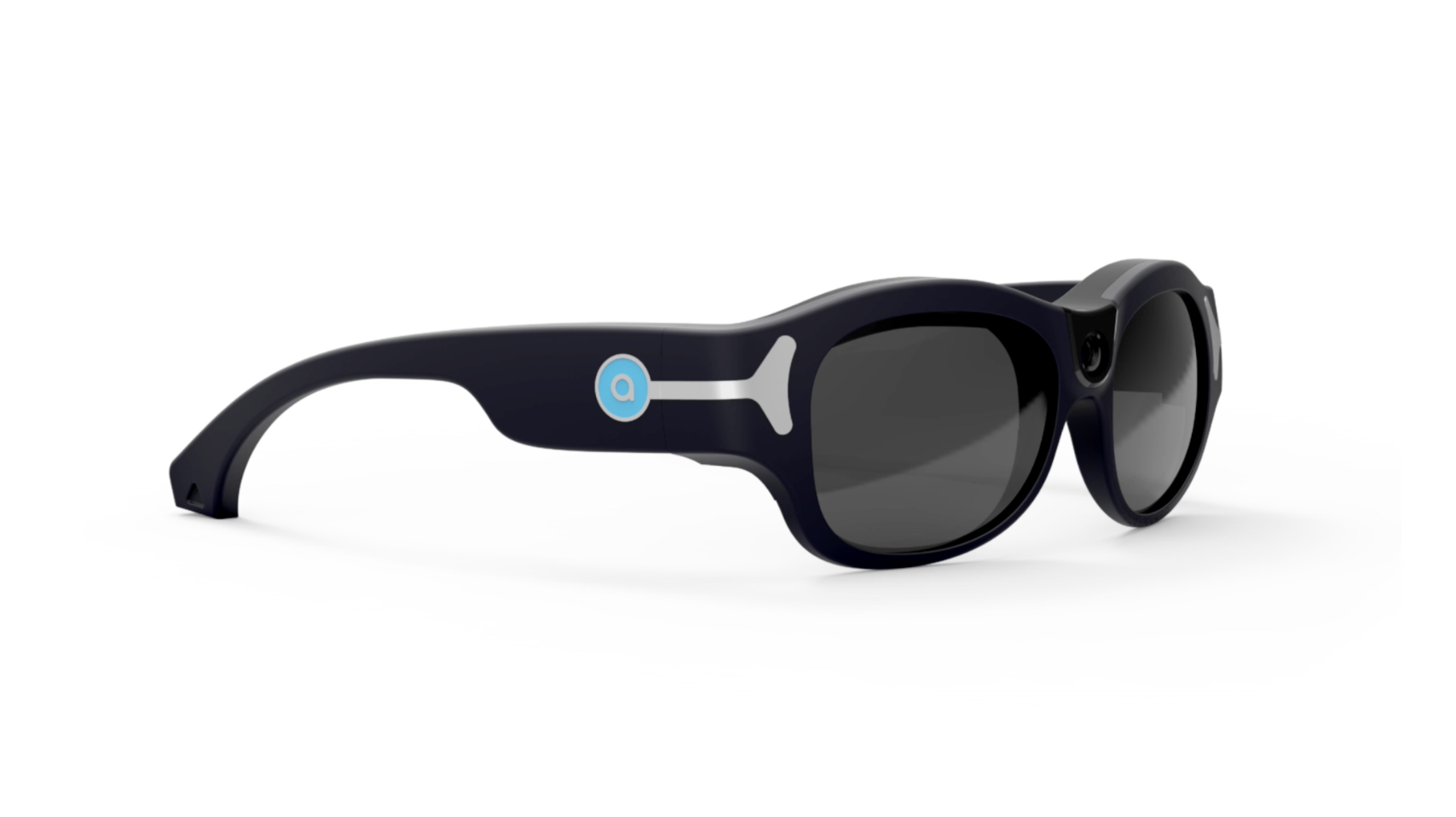Voice-Activated Assistive Devices: Empowering the Visually Impaired Through Innovation
Enhancing Accessibility With Assistive Innovation for the Blind
The integration of assistive technology for the blind represents a pivotal improvement in availability, essentially changing exactly how individuals navigate their settings and involve with culture. From display viewers to cutting-edge clever canes, these devices not just improve self-reliance but also promote inclusivity in numerous rounds of life. As we discover the varied types of assistive devices and their concrete effect on everyday living, it becomes vital to analyze how continuous technological advancements are improving the landscape of support for the blind neighborhood. What ramifications do these growths hold for the future of access?
Summary of Assistive Modern Technology
Assistive modern technology describes a variety of tools and software made to improve the capacities of individuals with specials needs, including those who are aesthetically damaged or blind. This modern technology plays a critical role in advertising self-reliance and boosting the lifestyle for users. By providing different methods for accessing details and performing daily tasks, assistive modern technology encourages individuals to navigate their settings more successfully.
The advancement and execution of assistive innovation accept a selection of concepts intended at fostering ease of access. These concepts consist of user-centered layout, which focuses on the requirements and choices of the individual, and the combination of modern technology into day-to-day tasks. Such innovations make sure that assistive tools are not just useful but likewise intuitive and very easy to utilize.
Moreover, assistive modern technology incorporates a varied range of solutions, from low-tech options like magnifiers to modern developments such as screen viewers and Braille display screens. The recurring evolution of this area is driven by the demand to address the unique difficulties encountered by individuals with aesthetic problems (Wearable technology for low vision). As modern technology remains to advance, the capacity for improving accessibility and advertising inclusivity stays encouraging, ultimately adding to a more fair culture

Sorts Of Assistive Gadgets
Numerous sorts of assistive tools are available to support individuals who are blind or aesthetically damaged, each developed to attend to details needs and challenges. These gadgets can be extensively classified right into three major kinds: low-tech, mid-tech, and modern remedies.
Low-tech gadgets include products such as magnifiers, Braille labels, and responsive maps. These are reasonably straightforward tools that improve the customer's capacity to engage with their environment without needing complex innovation.
Mid-tech gadgets typically include a lot more sophisticated functions, such as electronic magnifiers and portable Braille note-takers. These gadgets can use performances like speech outcome, enabling users to accessibility details extra effectively.

Effect On Daily Living
The availability of various assistive devices considerably boosts the high quality of life for individuals that are blind or visually impaired, affecting their everyday living in profound methods. By integrating innovations such as screen readers, Braille displays, and audio summary solutions right into their regimens, customers get higher autonomy and self-reliance. These devices facilitate access to details, making it possible for people to carry out everyday tasks, such as reviewing e-mails, navigating public spaces, and enjoying media content.
Moreover, assistive tools encourage people to involve more totally in social communications and neighborhood activities. The capacity to use smartphones equipped with access attributes enables seamless interaction and connection with others. This connection cultivates a feeling of belonging and decreases feelings of seclusion.
In professional setups, assistive innovation supports performance by permitting individuals to full work tasks effectively. Tools like voice acknowledgment software application and specialized magnifying gadgets enable customers to take part in the labor force on equal ground with their sighted peers.

Improvements in Innovation
Recent technological developments have significantly transformed the landscape of tools readily available for people who are blind or aesthetically impaired. The combination of fabricated knowledge (AI) and equipment understanding has generated applications that enhance navigating and item recognition. Smartphone applications can currently use AI to identify and define surroundings in real-time, providing customers with important contextual information.
Additionally, advancements in haptic modern technology have brought about the advancement of smart walking canes geared up with sensing units that spot obstacles and give tactile responses. This equips customers to navigate their setting with boosted confidence and self-reliance. Advancements in text-to-speech software and braille screens have actually improved the access of digital material, permitting for seamless communication with numerous media.
Wearable innovations, such as smart glasses, are likewise making strides in helping visual disability. As innovation proceeds to evolve, the potential for even more transformative tools stays on the perspective.
Future Trends and Innovations
As innovation rapidly progresses, the future of assistive devices for people who are blind click here for info holds enormous promise. Technologies in fabricated intelligence (AI) and artificial intelligence are poised to change the way blind users connect with their atmospheres. For instance, AI-driven applications are being established to boost item recognition, permitting customers to determine and navigate their surroundings with greater ease and precision.
Furthermore, innovations in haptic feedback modern technology are enabling the development of responsive maps and navigation aids that give real-time info via touch. These developments not only improve flexibility but likewise foster freedom. Additionally, wearable tools equipped with enhanced fact (AR) features are emerging, providing individuals visual info through audio descriptions, therefore bridging the void in between the digital and physical worlds.
Additionally, the assimilation of smart home innovation provides brand-new possibilities for accessibility, enabling individuals to regulate their living atmospheres through voice commands or mobile phone applications. As cooperation between technology programmers and the blind neighborhood continues, the focus on user-centered style will certainly make sure that future technologies are customized to satisfy the distinct needs of this population (Wearable technology for low vision). The trajectory of assistive technology assures a much more empowering and comprehensive future for people who whats an eye doctor called are blind
Final Thought
In verdict, assistive modern technology plays an essential function in enhancing access for individuals with aesthetic impairments. Continual improvements in technology and user-centered layout make sure that these tools provide efficiently to the unique demands of the blind neighborhood.
The integration of assistive innovation for the blind represents an essential advancement in ease of access, basically changing just how individuals browse their settings and engage with culture.Assistive technology refers to a variety of devices and software program created to enhance the abilities of people with specials needs, including those that are blind or visually damaged. Wearable technology for low vision.As technology quickly proceeds, the future of assistive tools for people that are blind holds immense assurance. The trajectory of assistive technology guarantees an extra comprehensive and empowering future for individuals that are blind
In conclusion, assistive technology plays a critical role in improving other accessibility for individuals with aesthetic problems.